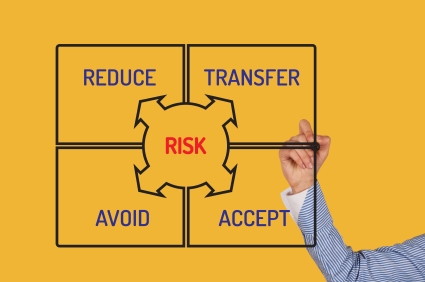 As you put the final touches on your business plans for 2014, or for that matter, your personal plans, I suggest a read or a listen to Malcolm Gladwell’s Latest Book, David and Goliath: Underdogs, Misfits, and the Art of Battling Giants.
As you put the final touches on your business plans for 2014, or for that matter, your personal plans, I suggest a read or a listen to Malcolm Gladwell’s Latest Book, David and Goliath: Underdogs, Misfits, and the Art of Battling Giants.
The book is not about how the weak rise up and triumph over the strong, as you might expect given the title. Rather, the book is about how throughout history, people succeed not in spite of, but because of their disadvantages.
Gladwell begins the book with his own interpretation of the David and Goliath story describing David’s triumph as a function of his going into battle using methods unique to him, (i.e. working in his genius as I am fond of saying), fighting Goliath with a sling shot rather than hand to hand, as was the norm. David takes advantage of his small size and wins because he was innovative and confident.
Throughout the book, Gladwell points to examples of successful inventions and innovations that happened because entrepreneurs who, like David, were perceived as disadvantaged, used their disadvantage to win.
So, as you think about how you might win against the Goliaths in your industry, I encourage you to consider the following questions:
- What do you perceive as your competitive disadvantages?
- How might you turn these disadvantages into true competitive advantages?
Here is a 15 minute Ted Talk from Gladwell to inspire your thinking.


















 The initial results of my Pivot are excellent. I feel I have much greater clarity regarding the next 3-5 years..
The initial results of my Pivot are excellent. I feel I have much greater clarity regarding the next 3-5 years..  John Yerger
John Yerger